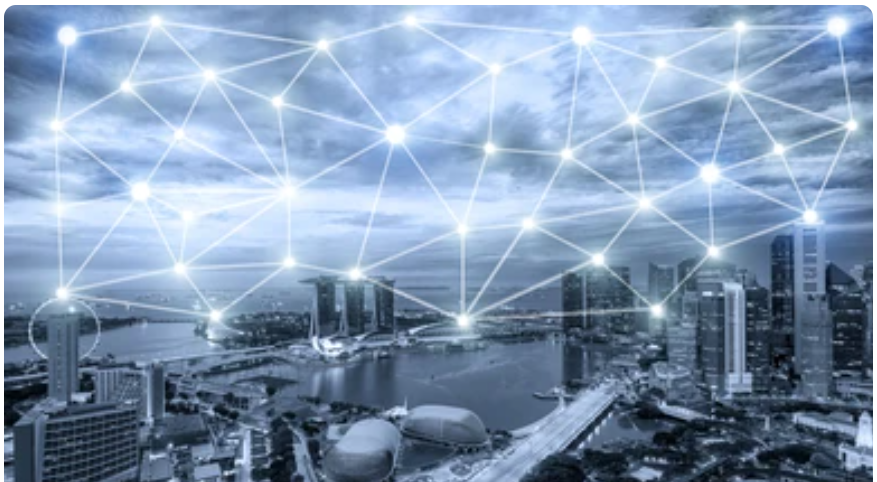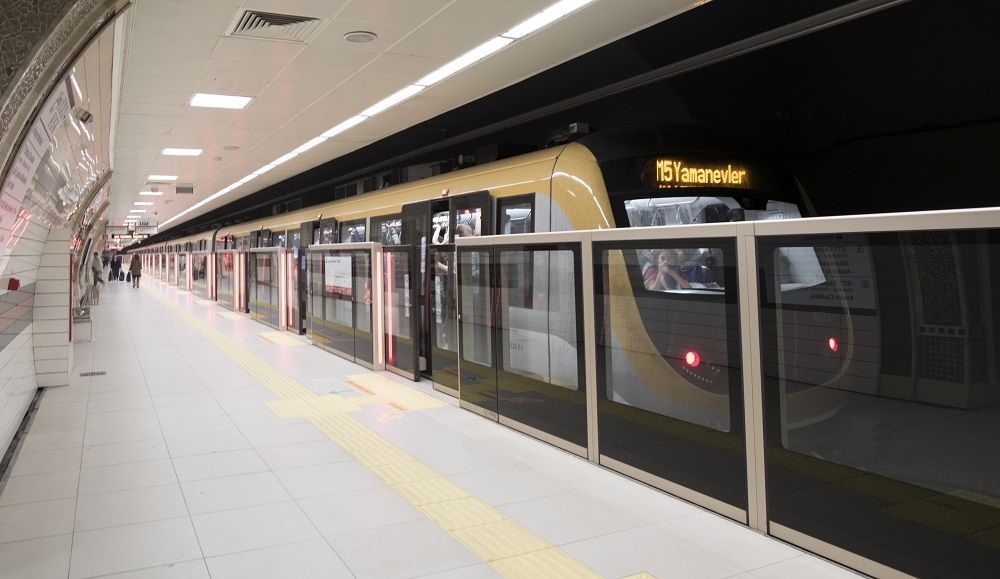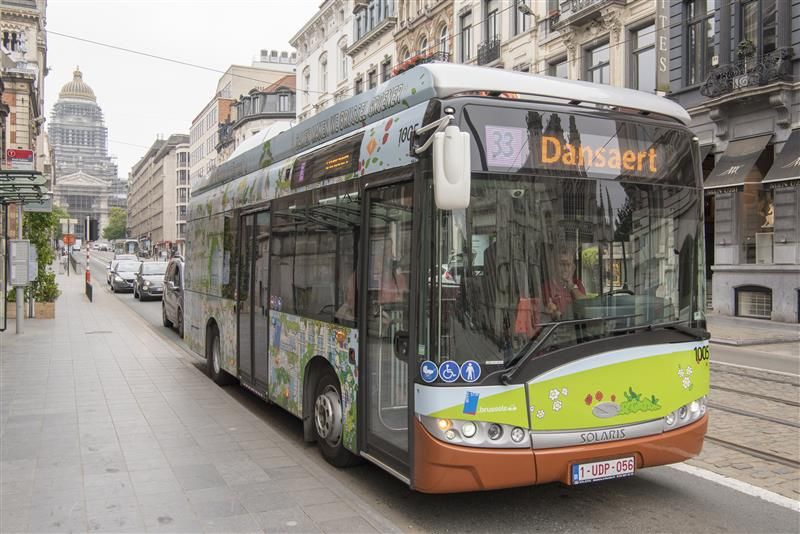

Blog: Artificial Intelligence (AI) and the Public Transport Workforce
In this day and age of big data, the Internet of Things and hyper-connectivity, our appetite for making every task easier, faster and automated has grown – whether in the business world or in our personal lives.
So it’s no surprise that 75% of C-level executives across the globe said they were pouring more investment into artificial intelligence (AI) and other intelligent solutions, with staying competitive a prime motivator for this.
As the founder of TechEmergence, Daniel Faggella, puts it:
“Artificial intelligence will be functionally necessary to wield the vast number of connected ‘things’ online, and will be even more important in making sense of an almost endless sea of data streamed in from these devices.”
However, concerns about job losses and negative publicity often sour executive visions of an AI-enhanced public transport network.
Are we all replaceable?
Patrick Watson writing for Forbes predicts driver jobs are under threat as increasingly advanced algorithms make routes more efficient, cutting down the number of vehicles and drivers needed to deliver services, and as autonomous vehicles with the ability to drive more safely and energy efficiently than a human start to hit the streets.
It is undeniable that AI will change the way we work, live and deliver public transport.
However, is it all doom and gloom for blue and white collar workers alike?
While AI-powered innovations such as autonomous vehicles reduce the need for human intervention or manual labour, they do not replace people in public transport entirely.
Instead, by automating routine or time-consuming tasks, they will allow transit professionals to focus on value-added activities that benefit from creativity, interpersonal skills and empathy – qualities that are unique to humans.
Look, for example, at the drive towards providing an ideal passenger experience.
An AI-run planning system can be programmed to take into account parameters such as on-time performance, service frequency and maximum passenger loads per service in order to find the solution to a predefined ‘best’ scenario for customer satisfaction.
However, it will not be able to come up with original ideas to delight riders, like providing on-board WiFi or using humorous social media posts to build an emotional connection with them.
What do your people really think?
Accenture’s recent research found that employers tend to underestimate how willing their staff are to work with AI technology: one in four believed that workforce resistance would be a major impediment to AI adoption.
However, the same study found that 45% of workers think AI will help them do their jobs more efficiently.
67% of employees think it is important to learn the necessary skills to work with intelligent machines.
This trend goes across generations, with three quarters of millennials and more than half of baby boomers supporting this view.
AI in public transport software
It is clear that assumptions regarding workforce attitudes towards AI-driven technology need challenging.
After all, AI applications abound in our personal lives – Siri, Cortana and Alexa already help us as consumers on a daily basis.
Smart vacuum cleaners like the iRobot Roomba give us hours of our lives back, which would otherwise be spent on tedious, backbreaking housework.
Why would we not expect the same usefulness from AI technology in our professional lives?
Research on adaptive robots used in the manufacturing industry found that they actually help factory workers perform tasks 25% faster and reduce idle time.
Far from considering the robots a threat, employees said they were comfortable with them and perceived them as valuable assistants.
Preparing for the future
Public transport decision-makers need to strike a balance between investing in AI and readying their existing workforces for change.
It is folly to adopt a protectionist mindset, embracing inefficiency and cost in the name of providing jobs.
However, it is equally unwise to ignore your human resources and the contribution they make – namely, new ideas for services or processes that can drive growth or improve customer satisfaction.
To prepare for the AI revolution, Accenture has three recommendations:
- Use technology to boost human skills and reinvent the way you operate
- Seize the opportunity to redefine jobs and rethink organisational design
- Involve your employees in creating your new, intelligent enterprise
Clear communication and engagement will help your employees understand your vision of how AI will be integrated into the workplace to support them, not replace them.
There is an opportunity to educate and excite your staff here: AI brings them the possibility of saying goodbye to manual tasks that they do not enjoy and the chance to flex their thinking muscles in higher-value, strategic and creative work. Intelligent technologies do not necessarily rob human workers of employment, but they can lighten their workload by taking on repetitive or risky tasks.
Forward-thinking transport organisations who successfully get their employees to embrace (not oppose) these advances will be able to take a great leap forward into the future and gain an edge over their competitors.
exclusive resources












